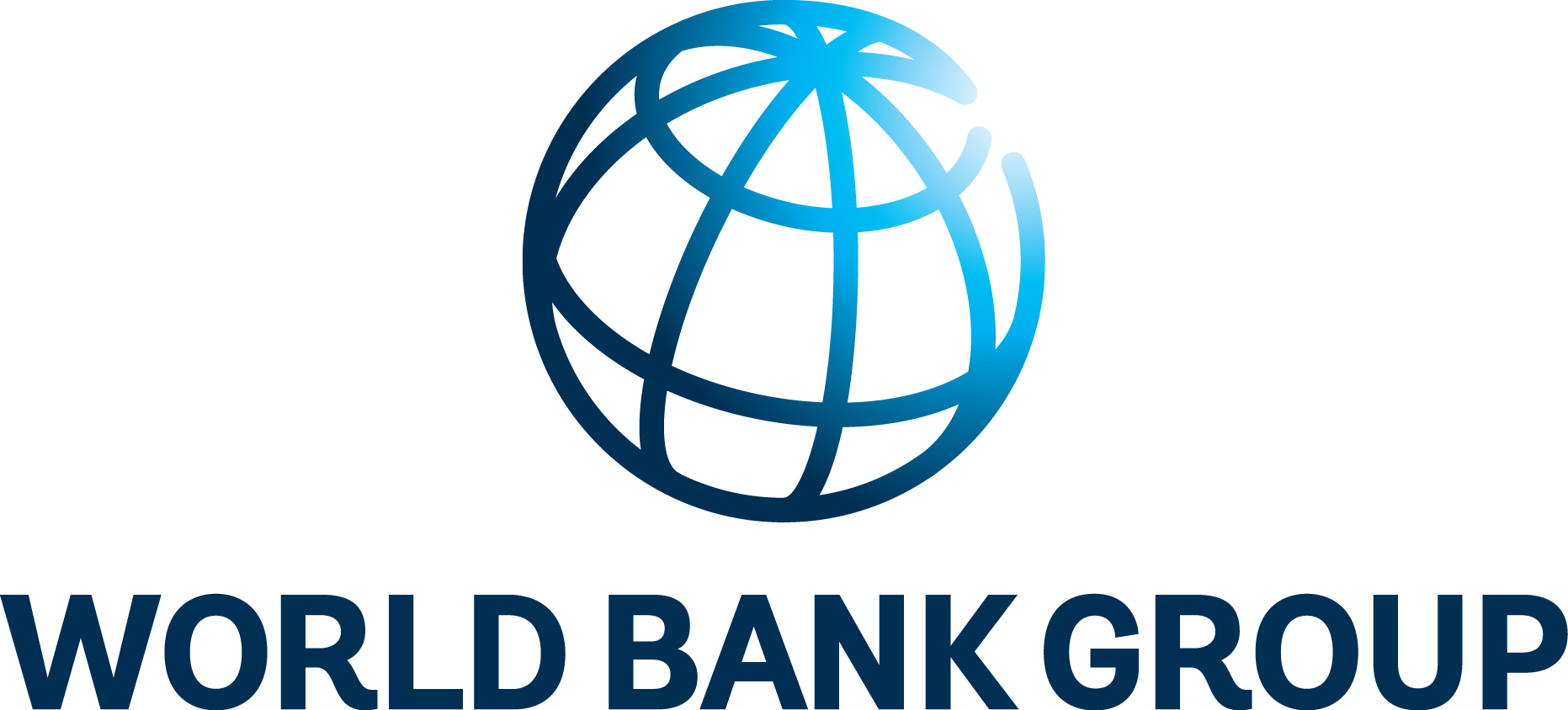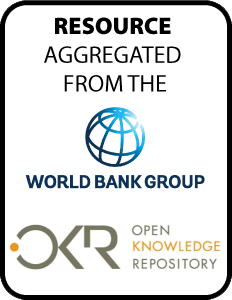The World Bank is a vital source of financial and technical assistance to developing countries around the world. We are not a bank in the ordinary sense but a unique partnership to reduce poverty and support development. The World Bank Group has two ambitious goals: End extreme poverty within a generation and boost shared prosperity.
- To end extreme poverty, the Bank's goal is to decrease the percentage of people living on less than $1.25 a day to no more than 3% by 2030.
- To promote shared prosperity, the goal is to promote income growth of the bottom 40% of the population in each country.
The World Bank Group comprises five institutions managed by their member countries.
The World Bank Group and Land: Working to protect the rights of existing land users and to help secure benefits for smallholder farmers
The World Bank (IBRD and IDA) interacts primarily with governments to increase agricultural productivity, strengthen land tenure policies and improve land governance. More than 90% of the World Bank’s agriculture portfolio focuses on the productivity and access to markets by small holder farmers. Ten percent of our projects focus on the governance of land tenure.
Similarly, investments by the International Finance Corporation (IFC), the World Bank Group’s private sector arm, including those in larger scale enterprises, overwhelmingly support smallholder farmers through improved access to finance, inputs and markets, and as direct suppliers. IFC invests in environmentally and socially sustainable private enterprises in all parts of the value chain (inputs such as irrigation and fertilizers, primary production, processing, transport and storage, traders, and risk management facilities including weather/crop insurance, warehouse financing, etc
For more information, visit the World Bank Group and land and food security (https://www.worldbank.org/en/topic/agriculture/brief/land-and-food-security1
Resources
Displaying 541 - 545 of 4907Ending Extreme Poverty and Sharing Prosperity
With 2015 marking the transition from
the Millennium to the Sustainable Development Goals, the
international community can celebrate many development
successes since 2000. Three key challenges stand out: the
depth of remaining poverty, the unevenness in shared
prosperity, and the persistent disparities in non-income
dimensions of development. First, the policy discourse needs
to focus more directly on the poorest among the poor. While
Engaging the Private Sector in Transport and Logistics Planning and Policy Making
In the 22 years between 1992 and 2014
Vietnam attained the remarkable average annual rate of
economic growth of 6.9 percent. However, the sources of
growth that underpinned much of this period of economic
transformation ready availability of labor and a structural
shift of national production from subsistence agriculture to
industry and services are gradually being depleted and
cannot be sustained indefinitely. Given that a substantial
Taxes and Public Spending in Indonesia
Inequality in Indonesia is rising
rapidly. During the 1997-98 Asian financial crisis, poverty
rosesharply, while the Gini measure of inequality fell, as
the richest were the hardest hit. Since then, the Gini has
increased from 30 points in 2000 to 41 points in 2014, its
highest recorded level. In 2002, the richest 10 percent of
Indonesians consumed as much as the poorest 42 percent
combined; by 2014, they consumed as much as the poorest 54
World Bank Group Engagement in Resource-Rich Developing Countries
This report by the Independent
Evaluation Group (IEG) summarizes the experiences of and
draws lessons from the country program evaluations of four
natural resource-rich countries: the Plurinational State of
Bolivia, Kazakhstan, Mongolia, and Zambia. It concludes that
although the challenges identified in these countries are
not unique, they manifest themselves with particular
intensity in three closely interrelated areas that need to
Highlights of 15 Years of Nile Cooperation
In 1999, nine Nile basin countries came
together in a remarkable partnership. They formed the Nile
basin initiative as a platform for joint working to better
understand and utilize the common Nile resource, to harness
the benefits for equitable and sustainable regional economic
development. This note highlights the key achievements of
this historic endeavor.






